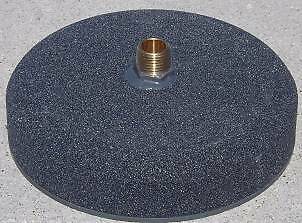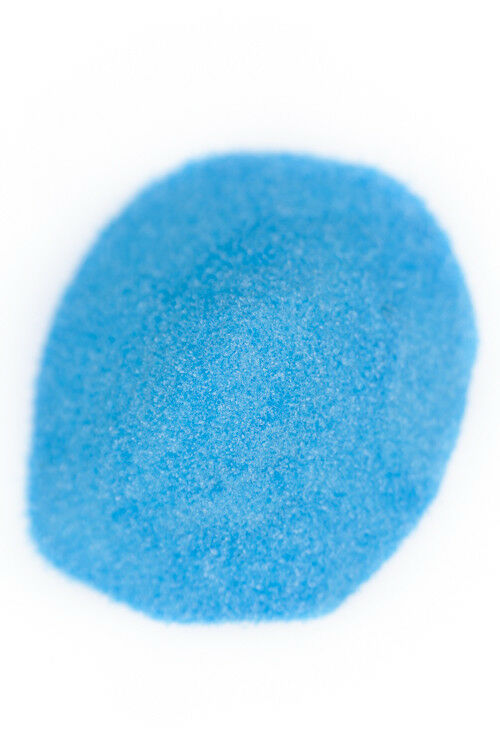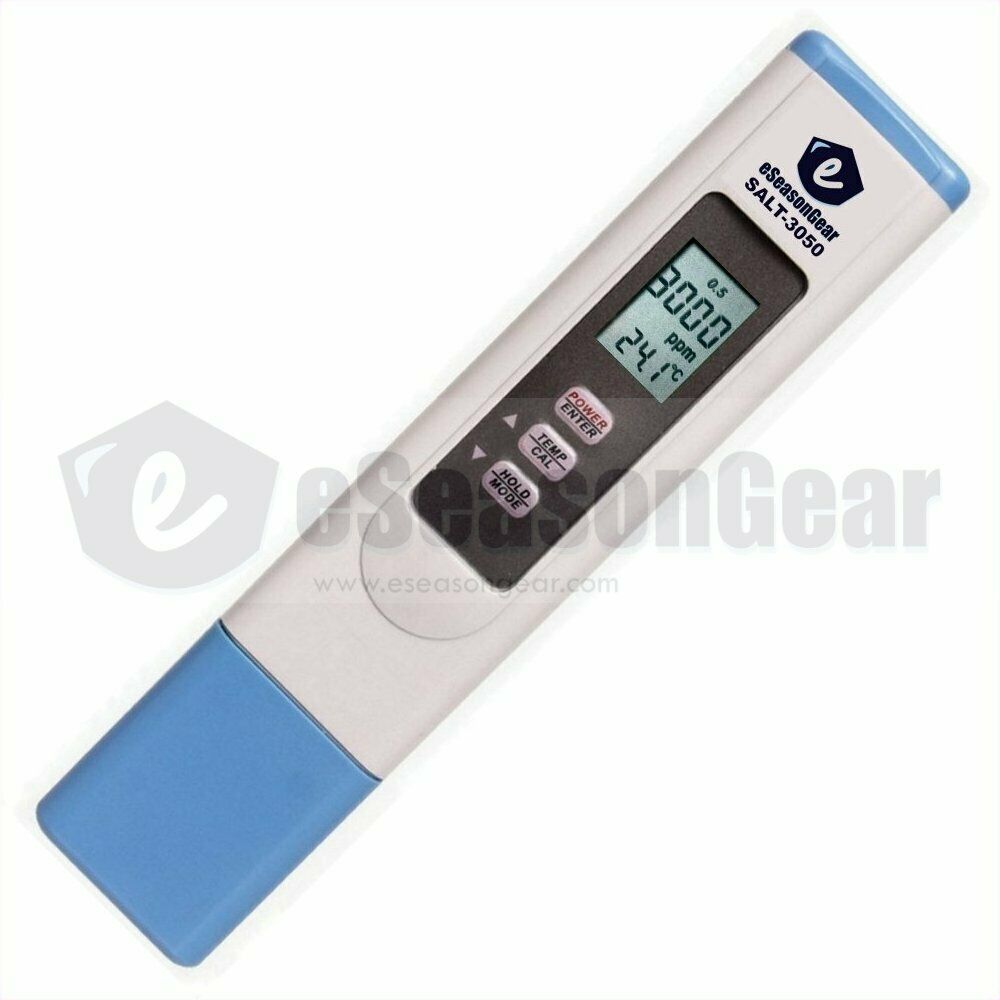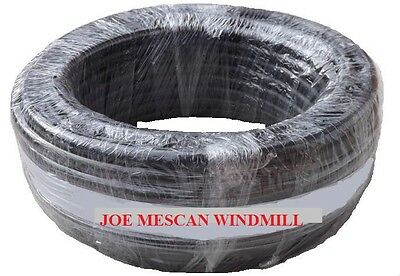-40%
USA Copper Sulfate powder 99% pure 1oz/100gr/ 1#/ 5# sizes; organic pest control
$ 2.9
- Description
- Size Guide
Description
FinePowder
Blue
Copper Sulfate
99% pure Feed Grade
chemical
1 oz, 100 gram, 1 lb,
5 lb,
or 10 lb sizes.
Toxic to many animals, use with caution.
ITEM
:
USA-made Copper Sulfate
,
CuSo4
. Chemical powder, pure, with a hundred uses in agriculture and manufacturing. USDA/ORMI approved for some organic uses, with specific restrictions. Kills roots in sewer and septic lines and leftover tree trunks. Kills algae in ponds and fountains, along with all fish and mermaids and other water creatures. Used for decades as a traditional ingredient in the French vineyards as a natural Bordeaux Mix paired with Calcium Hydroxide (also sold in my eBay Store = make your own
inexpensive Bordeaux
Mix!). Naturally fights and eliminates many fungal diseases such as mildews, leaf spots, blights and apple scab as well as athlete's foot.
Copper sulfate is a naturally-occurring mineral salt, and copper is an essential trace element in plant, human and animal nutrition.
Although my supplier's website says 100% pure, the new bags say 99% CS and 1% inert matter.
Copper sulfate is used as a fungicide to control many bacterial and fungal diseases that harm fruit, vegetable, nut and field crops. It is also used as an algaecide, an herbicide in irrigation and municipal water treatment systems, and as a molluscicide, and the copper component is effective when used to repel and kill slugs and snails on garden edges. (Or line with old copper pennies.)
Bee Conscious: Copper sulfate is toxic to bees!
Honey Bees
are being killed off by the millions all over America! Toxic pesticides, especially on the kernels of corn in large corporate factory farms, are killing whole hives of bees in one day. Bees pollinate one third of our fruits and vegetables in America; without them there would be massive human food shortages and possible losses of entire species of plants.
Please
, do NOT use this product near ANY bees! Our future food supplies may depend upon bees.
Please
note
that copper sulfate comes in two types, EPA approved and not-EPA approved. Each is by law used for different purposes, even though they are the same chemical. So not all of the following in this list are EPA approved uses or approved for this form:
A versatile farm chemical, used as a:
Green Pond cleanser (kills
algae
,
mosquito
larvae, as well as beneficial turtles and all fish);
Pest
control (kills
snails
and
slugs
); ~(also kills bees, so bee careful, bee conscious)
Natural fungicide (kills
mildew
);
Antiseptic (kills household/farm
germs
);
Remove old tree stumps (bore a hole and insert cs);
Kill
roots
clogging septic tank pipes (flush down the toilet);
Wood and canvas
preservative
(prevents dry rot), or:
Add calcium hydroxide for an Organic
Bordeaux
mix (kills blight, apple scab, leaf curl, etc.)
...or simply grow lovely
blue
crystals for your kid's school science project!
Made in
the good ol'
USA
.
NOT
from China
like many other cheap brands on eBay! Support American workers!
No
additives, dilutants or adulterants added.
OMRI
Listed for livestock and copper deficiency in soils.
Copper sulfate
is
TOXIC
to
fish,
bees
, earthworms,
and many farm animals, including sheep and chickens!
Use responsibly! Be
BEE responsible
.
Keep out of streams and lakes where fish and other aquatic life live. Do not flush down storm drains. No runoff!
Do not use on blooming trees with bees present!
Toxic to bees
!
Bordeaux
Mixture
Recipe
A
1 gallon
mixture of 10-10-100 classic Bordeaux Mix contains:
3-1/3 Tablespoons
of Copper Sulfate
and
10 Tablespoons
of hydrated or slaked Lime
in
1 Gallon of water
.
Generally, the 10-10-100 works well for many disease-causing pathogens. Among its many uses are applications in fall to control the overwintering fire blight inoculum in pears and apples, leaf curl and shot hole pathogens in peach and nectarine, downy mildew and powdery mildew fungi in grapes, peacock spot pathogen in olives, walnut blight bacteria in walnut, and black spot fungus in roses. Because Bordeaux colors the sprayed plants
blue
and may discolor house paint as well, it is not used as often on ornamental plants as it is on trees, vines, or agricultural plants in commercial orchards.
Do not use near honey bees
.
Incomplete List of Uses for all forms of
Copper Sulfate
:
Preparation of Bordeaux and Burgundy mixtures for use as
fungicides
in agriculture, especially grapes
Manufacture of other copper fungicides such as copper-lime dust, tribasic
copper sulphate, copper carbonate and cuprous oxide
Manufacture of insecticides
Control of
fungus diseases
Correction of
copper deficiency
in soils
Correction of copper deficiency in animals
Growth stimulant
for fattening pigs and broiler chickens
Molluscicide;
kills slugs and snails
, particularly the snail host of the liver fluke
Other uses:
Salad dressing ingredient
Soil sterilizer, e.g.
Cheshunt
compound (a mixture of copper sulphate and ammonium carbonate) to prevent "damping-off" disease in tomatoes, poppies, etc.
Control and prevention of foot rot in sheep and cattle
Bacteriastat for addition to sheep dips
Disinfectant
in prevention of the spread of swine erysepelas and white scours in calves
Control of scum in farm ponds
Plant
nutrient (trace minerals)
in rice fields
Wood
preservative
for wooden posts, wooden buildings,
wooden fruit boxes, planting baskets and other farm containers
Ingredient of
vermin repellents
, e.g. for application to the bark of trees against wild rabbit bites
Stimulant of latex yield on rubber plantations
Protection against algal growths on
clay
flower pots
Public Health and Medicine:
Destruction of algal blooms in commercial reservoirs and swimming pools
Prevention of the spread of athlete's foot
in warm climates, by incorporation into the flooring mixture of swimming baths
Control of bilharzia in tropical countries
Prevention of
malaria
, in the preparation of
Paris green
for use against mosquito larvae
Antiseptic and germicide
against fungal infections
Catalyst or raw material in the manufacture of pharmaceutical products
Building/Home:
Timber preservative
and in the preparation of other wood preservatives, e.g. oil based copper naphthenates and water based copper/chrome/arsenic for the prevention of woodworms and wood rots
Ingredient of plaster to prevent fungus infection, e.g. to prevent the spread of dry rot
Ingredient in concrete, both as a coloring matter and as an antiseptic, e.g. for use in and around swimming pools
Protection against
lichens, molds
and similar growths on asbestos cement roofing and other building materials
Control of the growth of tree roots in
septic lines
Textiles:
Preparation of copper compounds for
rot-proofing canvas
and other fabrics
Miscellaneous:
Ingredient of laundry marking ink Dyeing of hair and horn Ingredient of hair dyes. Preparation of chlorophyll as a coloring material for food stuffs Imparting a green color in fireworks Activator in the preparation of active carbons Preservative for wood pulp Preservation of fishing nets and hides on trawls Obtaining a blue-black finish on steel Treatment of carbon brushes Ingredient of the solution used for preserving plant specimens in their natural colors Impregnation in fruit wrapping papers to prevent storage rots.
REGULATORY STATUS:
Copper sulfate is classified as a general use material by the U.S. Environmental Protection Agency (EPA). The warning signal "
DANGER
" must appear on the labels of all copper sulfate end-products containing at least 99% chemical in crystalline form. Organic Agriculture: OMRI certified with restrictions.
TOXICOLOGICAL EFFECTS
:
Copper
is one of 26 essential trace elements occurring naturally in plant and animal tissue. The usual routes by which humans receive toxic exposure to copper sulfate are through
skin or eye contact
, as well as by inhalation of powders and dusts. Copper sulfate is a strong irritant to humans.
Do not take internally.
Copper sulfate is moderately
toxic
to humans with acute oral ingestion
. There have been reports of human suicide resulting from the ingestion of
gram
quantities of this material. The lowest dose of copper sulfate that has been toxic when ingested by humans is 11 mg/kg body weight. Ingestion of copper sulfate is usually not toxic because
vomiting
is automatically triggered by its irritating effect on the gastrointestinal tract. Symptoms are severe, however, if any copper sulfate is retained in the stomach. Some of the signs of poisoning which occur after 1-12 grams of copper sulfate is swallowed include: a metallic taste in the mouth, burning pain in the chest and abdomen, intense nausea, vomiting, diarrhea, headache, heavy sweating, shock, discontinued urination leading to yellowing of the skin. Injury to the brain, liver, kidneys and stomach and intestinal linings may also occur in severe, internal copper sulfate poisoning.
DANGER
: Copper sulfate can be corrosive to human skin and eyes.
Copper sulfate is readily absorbed through skin contact
and can produce
burning pain
, along with the same severe symptoms of poisoning from ingestion. Skin contact may result in itching or eczema. It is considered a skin sensitizer and
can cause allergic reactions in some individuals
.
Eye contact
with this material can cause: conjunctivitis, inflammation of the eyelid lining, excess fluid buildup in the eyelid; cornea tissue deterioration due to breaks, or ulceration, in the eye's mucous membrane; and clouding of the cornea.
Copper sulfate comes in both EPA approved and non approved forms, which are designated for different uses. This product is not EPA approved.
Effects on Aquatic Organisms:
Copper sulfate is very toxic to
fish
. Its toxicity to fish varies with the species and the physical and chemical characteristics of the water. Even at recommended rates of application, this material may be poisonous to trout and other fish, especially in soft or acid waters. Its toxicity to fish generally decreases as water hardness increases. Fish eggs are more resistant than young fish fry to the toxic effects of copper sulfate. Very small amounts of this material can have damaging effects on fish.
Permits
are being required in some situations for application of copper sulfate to water bodies. Further field studies have been required by the EPA. Direct application of copper sulfate to water may cause a significant decrease in populations of aquatic invertebrates, plants and fish.
Effects on Other Animals (Non-target species):
Copper sulfate
is
toxic
to aquatic invertebrates,
such as
crab, shrimp and oysters.
Bees
are endangered by strong, water-based copper compounds, such as a Bordeaux mixture of copper sulfate, slaked lime and water.
Copper sulfate and similar fungicides have been
poisonous to sheep and chickens
on farms at normal application rates. Most animal life in soil, including large
earthworms
, have been killed by the extensive use of copper-containing fungicides in many orchards.
~How to Grow
Copper Sulfate
Crystals
~
Science Project Materials List:
Copper sulfate powder.
Hot water.
Glass jar.
Fishing line for Seed Crystals.
How to Make a Saturated Copper Sulfate Solution:
Stir copper sulfate into very hot water until no more of it will dissolve.
How to Simply Grow CuSo4 Crystals:
Simply pour the CuSo4 solution into a glass jar and wait a few days for crystals to grow.
If you grow a Seed Crystal, you can get much larger and better-shaped crystals for use with the following:
How to Grow a Large Crystal from a Seed Crystal:
Pour a little of the
CuSu4
solution into a ceramic saucer or shallow glass dish.
Allow it to sit in an undisturbed location overnight.
Select the one best crystal as your "seed stock" for growing a large, beautiful, blue crystal.
Carefully scrape off the biggest crystal from inside the container and set aside.
Carefully tie it to the end of a length of nylon fishing line.
Or, create a parachute-type net with a single line (like a crab trap) and place the seed crystal into the net. Tie the tether line to a pencil and suspend the seed crystal in the middle of a clear, clean jar filled with the
blue
CuSo4
solution.
Don't allow any
undissolved
copper sulfate to spill into the jar!
Don't let the seed crystal touch the sides or bottom of the jar!
Place the jar in a location where it won't be disturbed. You can set a coffee filter or paper towel over the top of the container, but allow air circulation so that the liquid can evaporate
.
Check the growth of your crystal each day. If you see crystals starting to grow on the bottom, sides, or top of the container, then remove the seed crystal and suspend it in another clean jar with fresh solution (in other words, start over).
Extra crystals will compete with your intended large crystal and use up its growth material or food.
When you are pleased with the size, shape and color of your large blue crystal, remove it from the solution and allow it to dry on a paper towel.
Crystal Tips & Safety
Even a small increase in the temperature of the water will greatly increase the amount of copper sulfate that will dissolve.
Copper sulfate is harmful if swallowed and can irritate skin and mucous membranes. In case of contact, rinse skin with water. If swallowed, give water and call a physician.
Copper sulfate crystals contain water, so if you want to store your finished crystal,
STORE it in a sealed, airtight container
. Otherwise, water will evaporate from the crystals, leaving them dull and powdery. The gray or greenish powder is the anhydrous form of copper sulfate.
Avoid contact with skin
Do not inhale into lungs.
Do not get into your eyes.
Keep away from bees, fish, mammals.
An offering from
White Buffalo Trading
Co
: Heirloom seeds, rare books and organic botanicals.
Domestic Shipping Only
:
USPS First class on one ounce and 100 gram sizes. One ounce size is really small and not worth the price.
USPS Priority mail for all pound sizes.
When ordering multiple pounds, you may or may not get a combination of 3#, 2# and/or 1# bags.
I will combine shipping whenever possible.
Visit My eBay Store: White Buffalo Trading
Thanks
for
Looking
and
Many
Blessings
on
your Life
Journey!
Your browser does not support JavaScript. To view this page, enable JavaScript if it is disabled or upgrade your browser.











